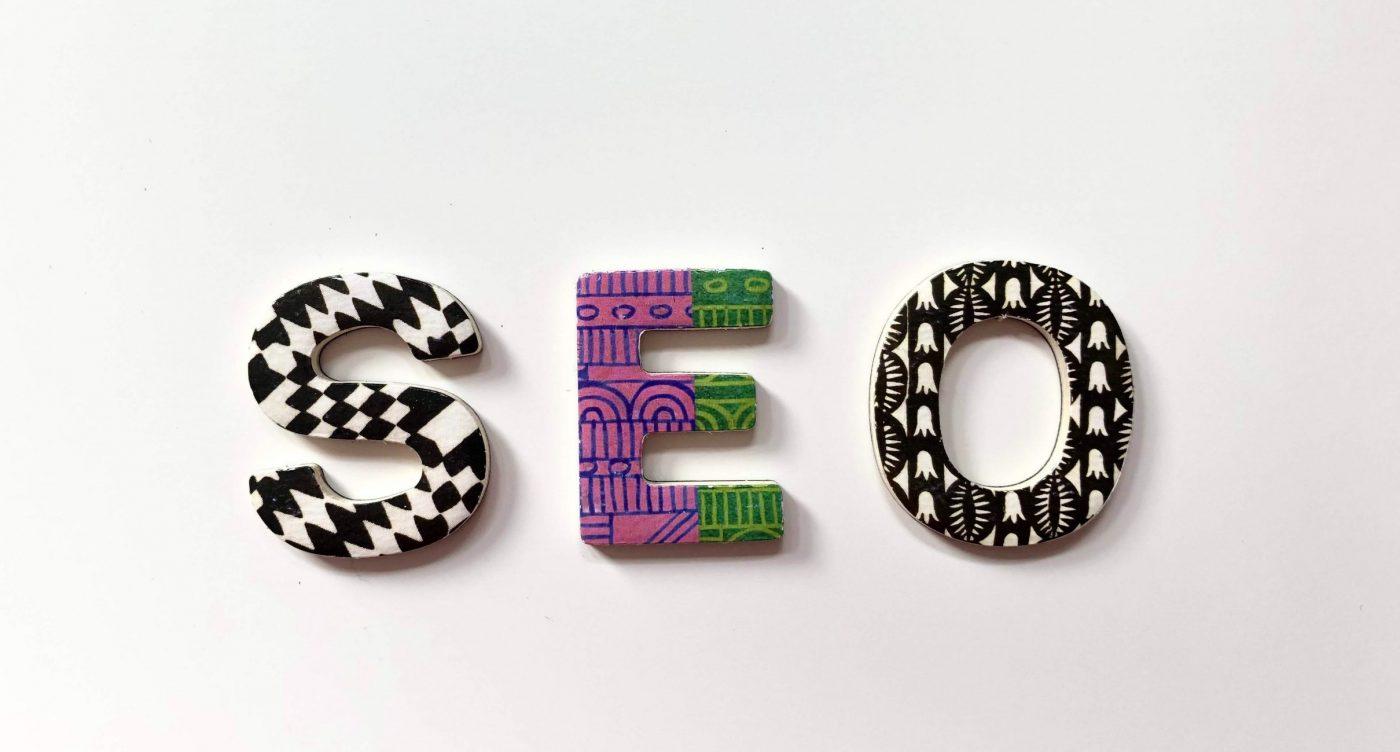Do you sometimes get confused with SEO terms and what they mean? We have put together a handy glossary of the SEO terms you should know, and we explain exactly what these terms mean. Hope you find this glossary useful. We have also put together a full digital marketing glossary explaining all of the key terms and definitions that you need to know
301 redirect – this is a permanent redirect from one URL to another. 301 redirects send users to a different URL than the one they originally typed into their browser or went to from a search engine result page.
404 error – this means that the page you are trying to go to could not be found on the server. This is a client-side error which means either the page has been deleted or moved, and the URL has not been modified accordingly.
Alt tag – this is used to describe the appearance and function of an image on a page. One of the main purposes of Alt tags is for the benefit of visually impaired users who use screen readers when browsing. Alt tags will be displayed in place of an image if an image file cannot be loaded. Alt tags provide better image context/descriptions to search engine crawlers, helping them to index an image properly.
Anchor text – this is the clickable text in a hyperlink. It is best to use natural language and avoid exact match, overly spammy and keyword-rich text when adding links to your sites or when sites link back to your site.
Content Management System (CMS) – this is where multiple users can edit, update and maintain the content on a website. They are simple to learn and easy to set up. A popular CMS is WordPress. It has over 27+ million live websites.
Crawling – this is the process by which search engines crawler/ spiders/bots scan a website and collect details about each page: titles, images, keywords, other linked pages, etc. In simplified terms, this happens by the crawler following all internal and external links.
De-indexing – this is the process of removing a web page from the search engine index making it unable to appear in the SERPs. This can be done by adding a noindex meta tag. There are many reasons you would like a page to be de-indexed including login and thank you pages which do not need to appear in the SERPs.
Domain – this is the address where Internet users can access your website. It is the name that people type into the URL bar of their browser to find your website.
Indexed Pages – this means pages appear on the search engine listing it has been indexed by. Indexing is the process of adding webpages into search engine listings. Depending upon which meta tag you used (index or NO-index), Google will crawl and index your pages.
Meta description – this acts as a description of a webpage’s content in the SERPs. This content is not used in ranking algorithms but it is shown as the snippet that appears in the search results. Informative and interesting meta descriptions can help increase click-through rate. Meta descriptions can be any length, but Google generally truncates snippets to 155–160 characters.
Orphan Page – this is a page on a website that has no links pointing to it. They cannot be found by a search bot, so they are worthless for SEO.
Page title – this is sometimes called a title tag. A title tag is an HTML element that specifies the title of a web page. Page titles are displayed on search engine results pages (SERPs) as the clickable headline for a given result. They also appear at the top of a browser window. They should include the pages keyword. Every page on a website should have a unique page title. Google typically displays the first 50–60 characters of a title tag.
Robots.txt – this file tells search engine crawlers which pages or files the crawler can or cannot request from your site. You should not use robots.txt to keep a web page out of Google. To keep a web page out of Google, you should use noindex directives, or password-protect your page.
SERP – Search Engine Results Pages (SERP) are the pages displayed by search engines in response to a query by a user. SERPs normally include organic search results, paid Google Ads results, Featured Snippets, Knowledge Graphs and video results.
XML Sitemap – an XML (Extensible Markup Language) Sitemap is a text file used to list all URLs on a website. It can include extra information on each URL, for example, details of when they were last updated, how important they are and whether there are any other versions of the URL created in other languages. An XML sitemap purpose is to help search engines crawl your website more efficiently. You should add any new pages you want to be crawled to your XML sitemap.
From reading the above glossary we hope you now have an understanding of some of the popular SEO terms.







Leave a Reply